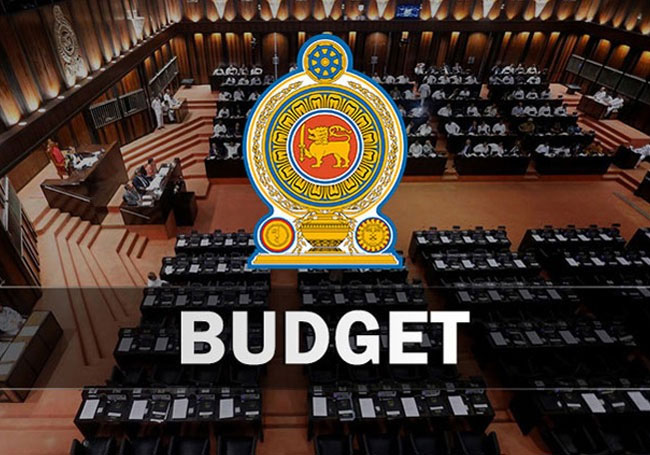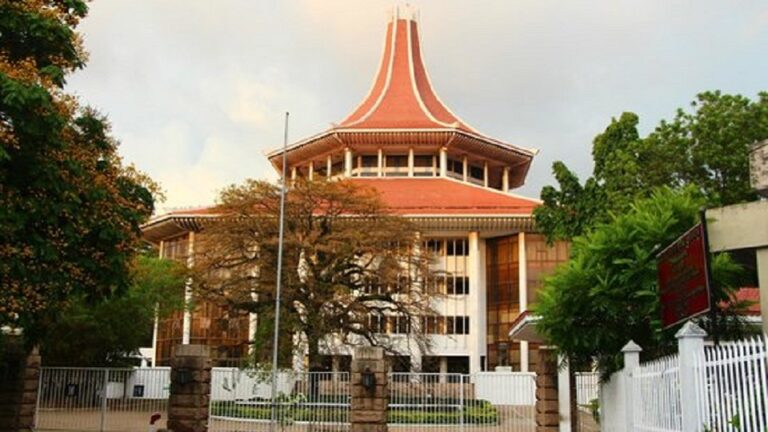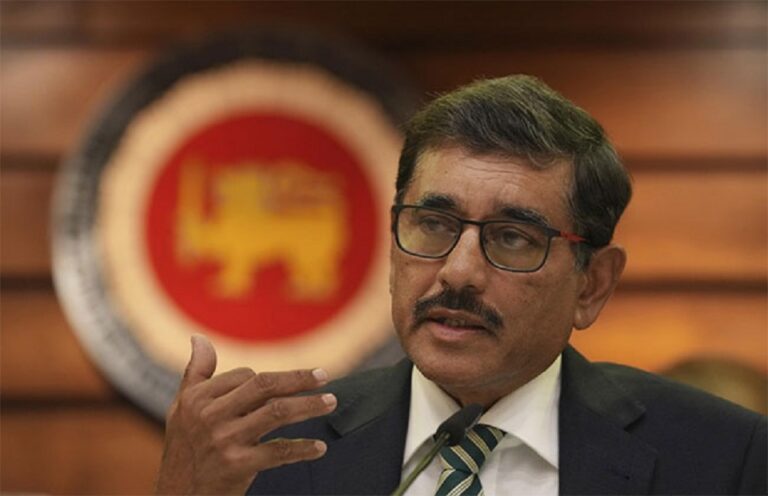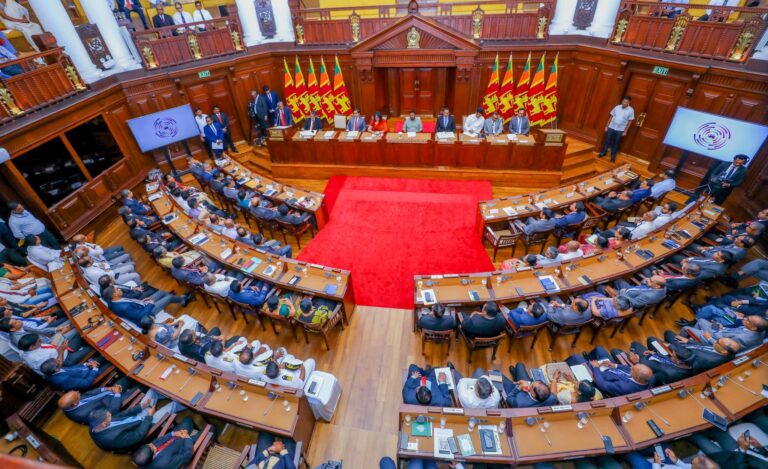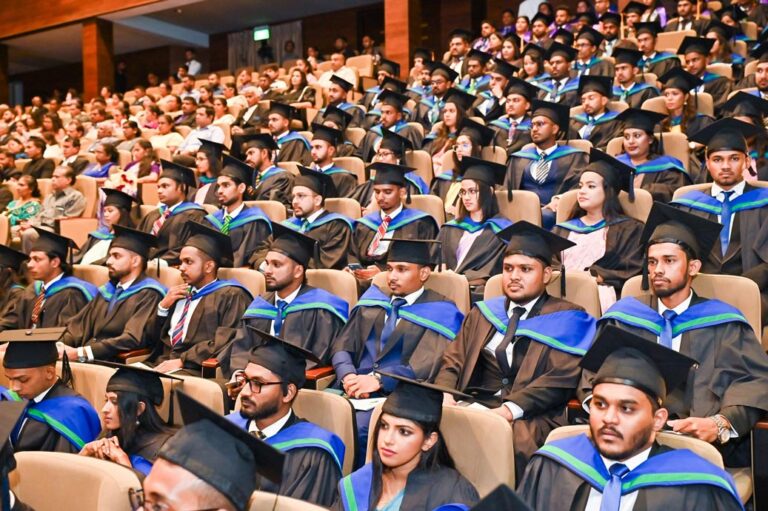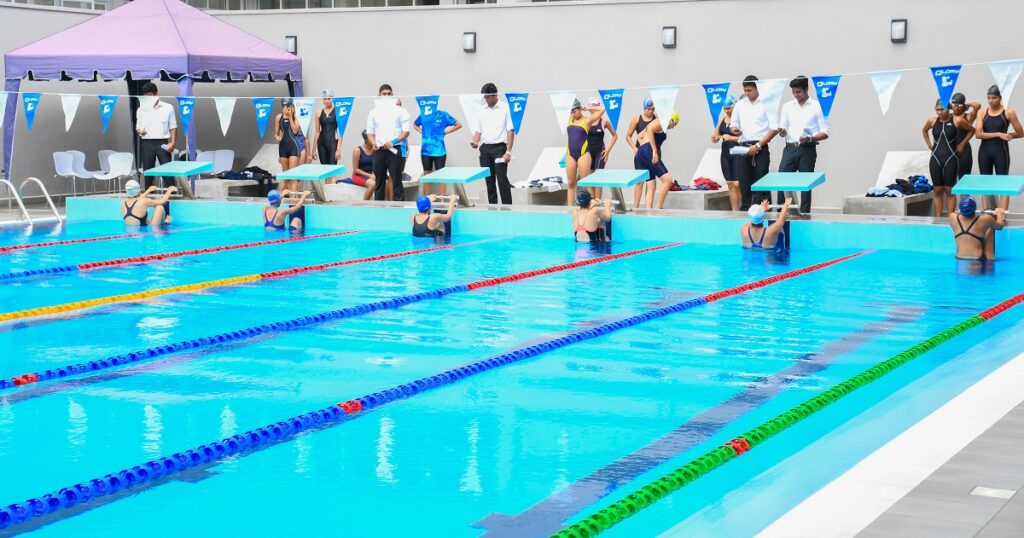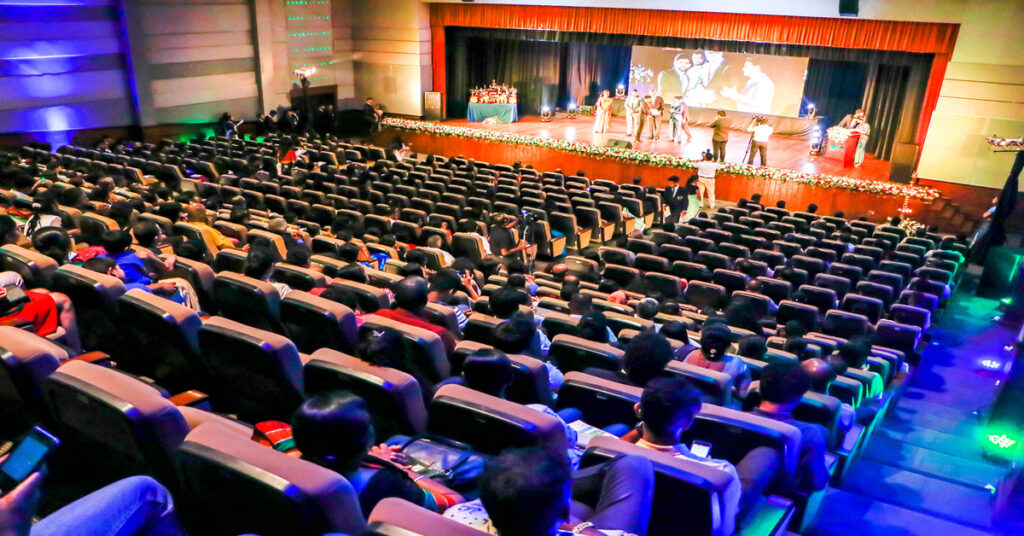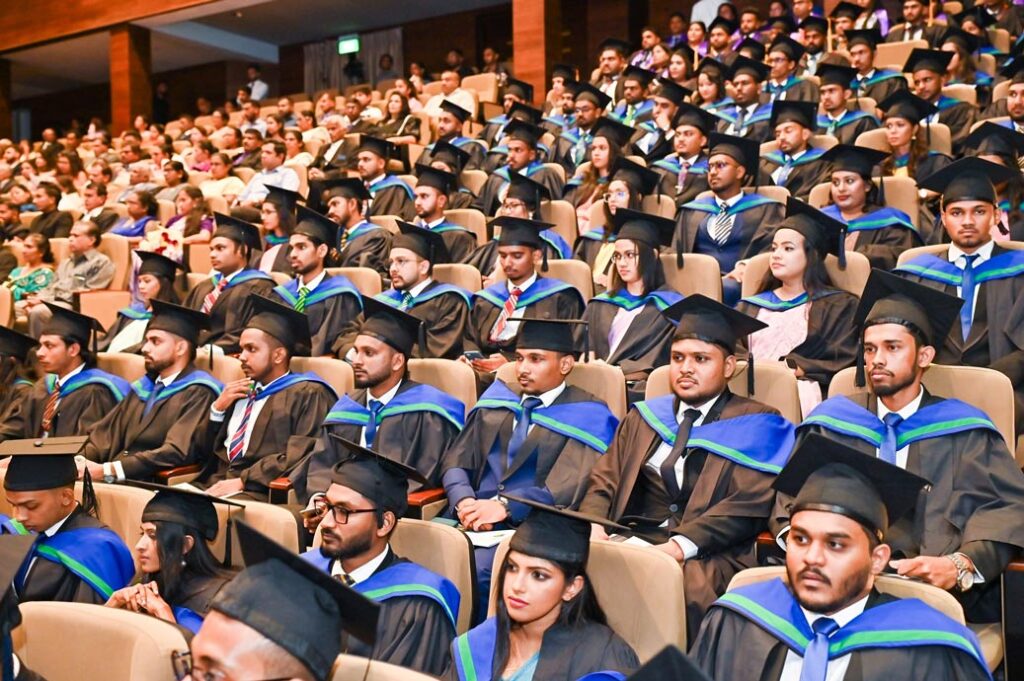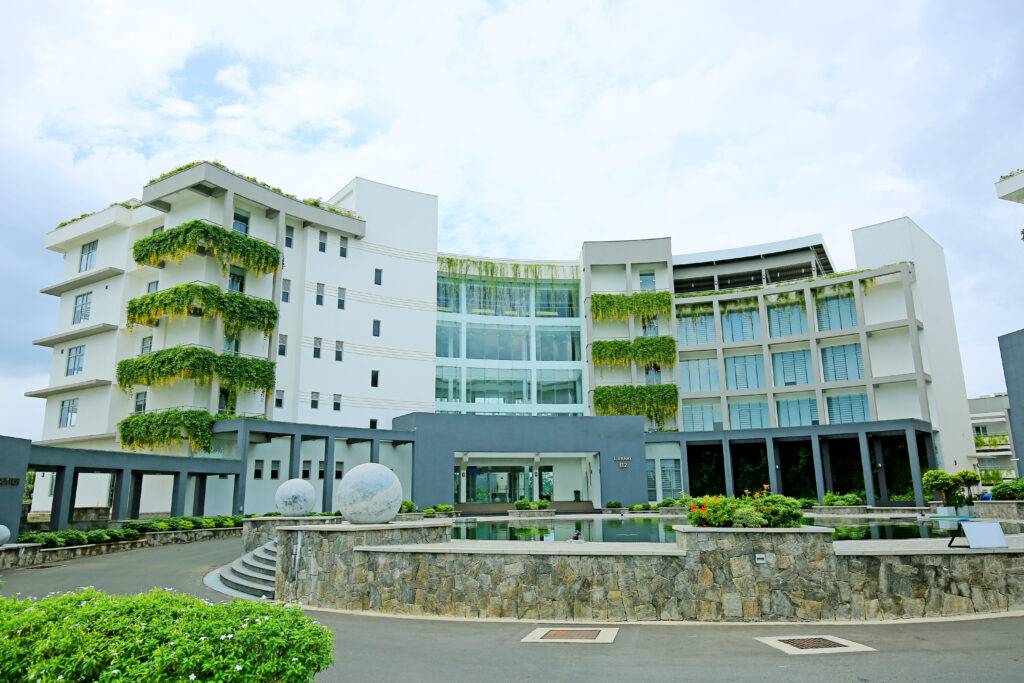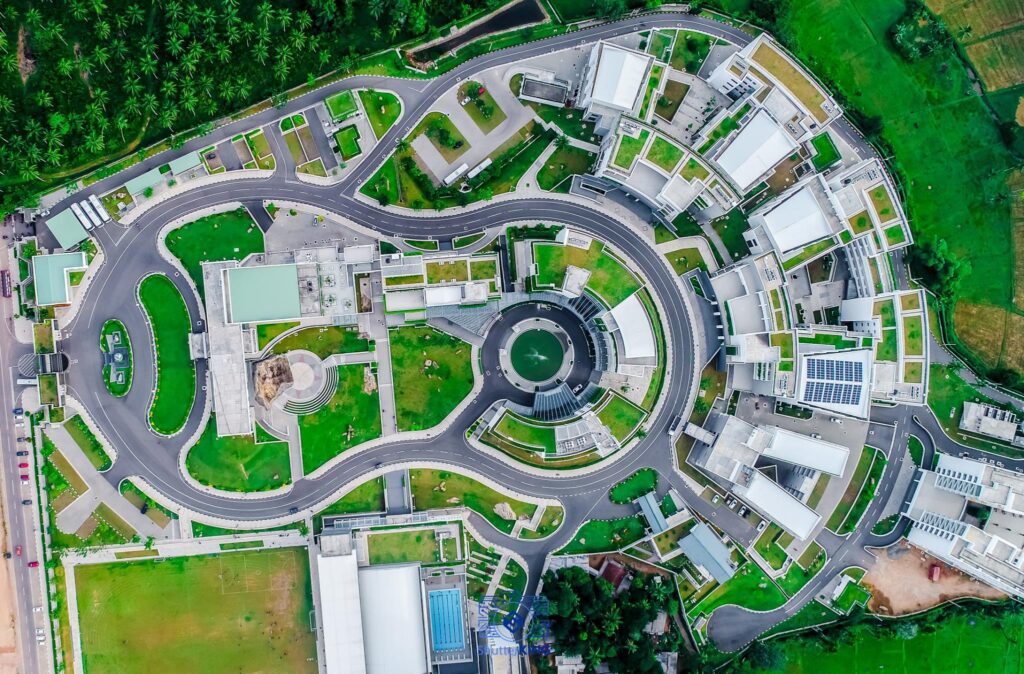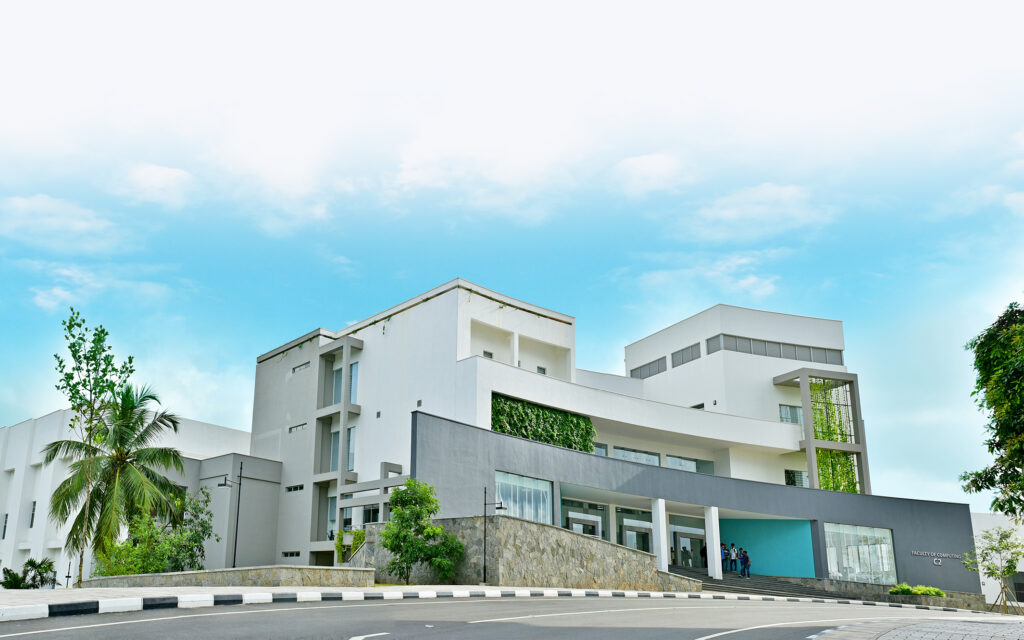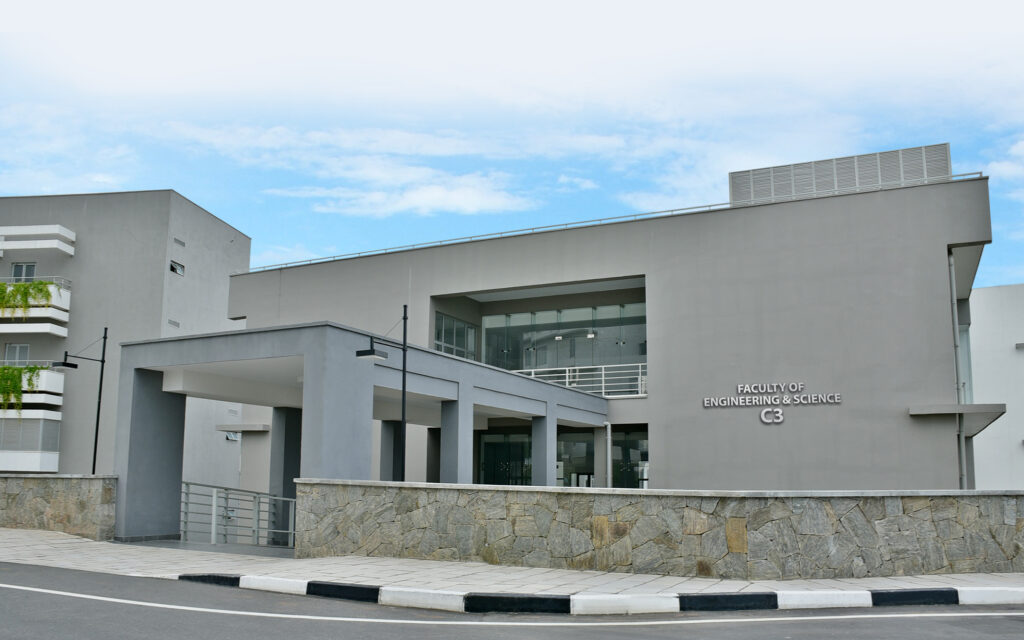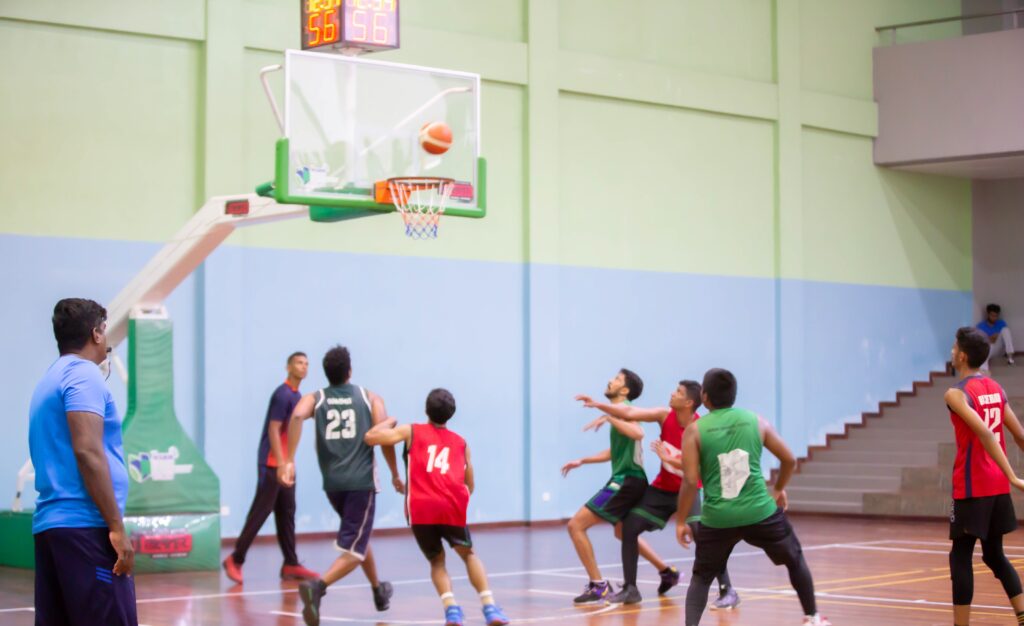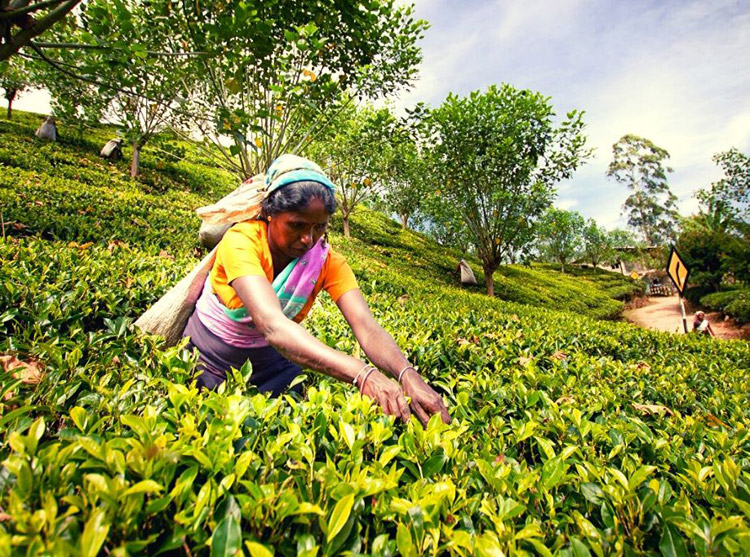January 09, Colombo (LNW): The government has tabled the Appropriation Bill for the 2025 financial year, which details the planned budget for the period from January 01 to December 31, 2025.
The bill outlines a substantial total expenditure of Rs. 4,616 billion, aimed at supporting the country’s wide-ranging public services, infrastructure projects, and developmental initiatives.
The bill breaks down the allocation of funds across numerous ministries, each receiving varying amounts to cover both recurring operational costs and capital investments for the year ahead.
The Ministry of Finance and Planning and Economic Development, as expected, has been allocated the largest portion of the budget, with Rs. 484 billion set aside for recurring expenditure and an additional Rs. 229 billion for capital spending.
This reflects the significant role the ministry plays in managing the country’s financial health and economic development.
Other key ministries also have substantial budgets to fulfil their mandates. The Ministry of Defence will receive Rs. 382 billion for recurring expenses and Rs. 60 billion for capital projects, ensuring national security and defence initiatives continue.
The Ministry of Health and Mass Media has been granted Rs. 412 billion in recurring expenditure and Rs. 95 billion for capital development, underlining the importance of healthcare and media reforms in Sri Lanka.
The transport sector will see a significant investment, with the Ministry of Transport, Highways, Ports and Civil Aviation allocated Rs. 52.4 billion for recurring costs and a remarkable Rs. 421 billion for capital expenditure, reflecting continued efforts to modernise infrastructure and improve connectivity.
Other notable allocations include Rs. 206 billion for the Ministry of Education, Higher Education and Vocational Education, and Rs. 463 billion for the Ministry of Public Administration, Provincial Councils and Local Government.
The bill also highlights the government’s focus on rural development and social welfare, with Rs. 24 billion allocated to the Ministry of Rural Development, Social Security and Community Empowerment, alongside Rs. 33 billion for the Ministry of Public Administration.
Moreover, the Ministry of Urban Development, Construction and Housing will receive Rs. 3 billion for recurring costs and Rs. 98 billion for capital projects aimed at urban infrastructure improvements.
In line with global trends, Sri Lanka is also increasing its investment in technology and innovation.
The Ministry of Digital has been allocated Rs. 6.7 billion in recurring expenditure and Rs. 6.8 billion for capital outlays to drive digital transformation in the country.
The bill also outlines significant funding under the Special Spending Unit. Notably, operational and developmental activities for the President’s office have been earmarked Rs. 2.5 billion and Rs. 354 billion for recurring and capital expenses, respectively, along with additional allocations for the Prime Minister’s office and the judiciary.
The detailed budgetary allocations presented in the Appropriation Bill provide a clear picture of the government’s priorities for 2025.
The proposed expenditure reflects a strong focus on infrastructure development, social welfare, and national security, while also aiming to foster growth in education, healthcare, and technology.


